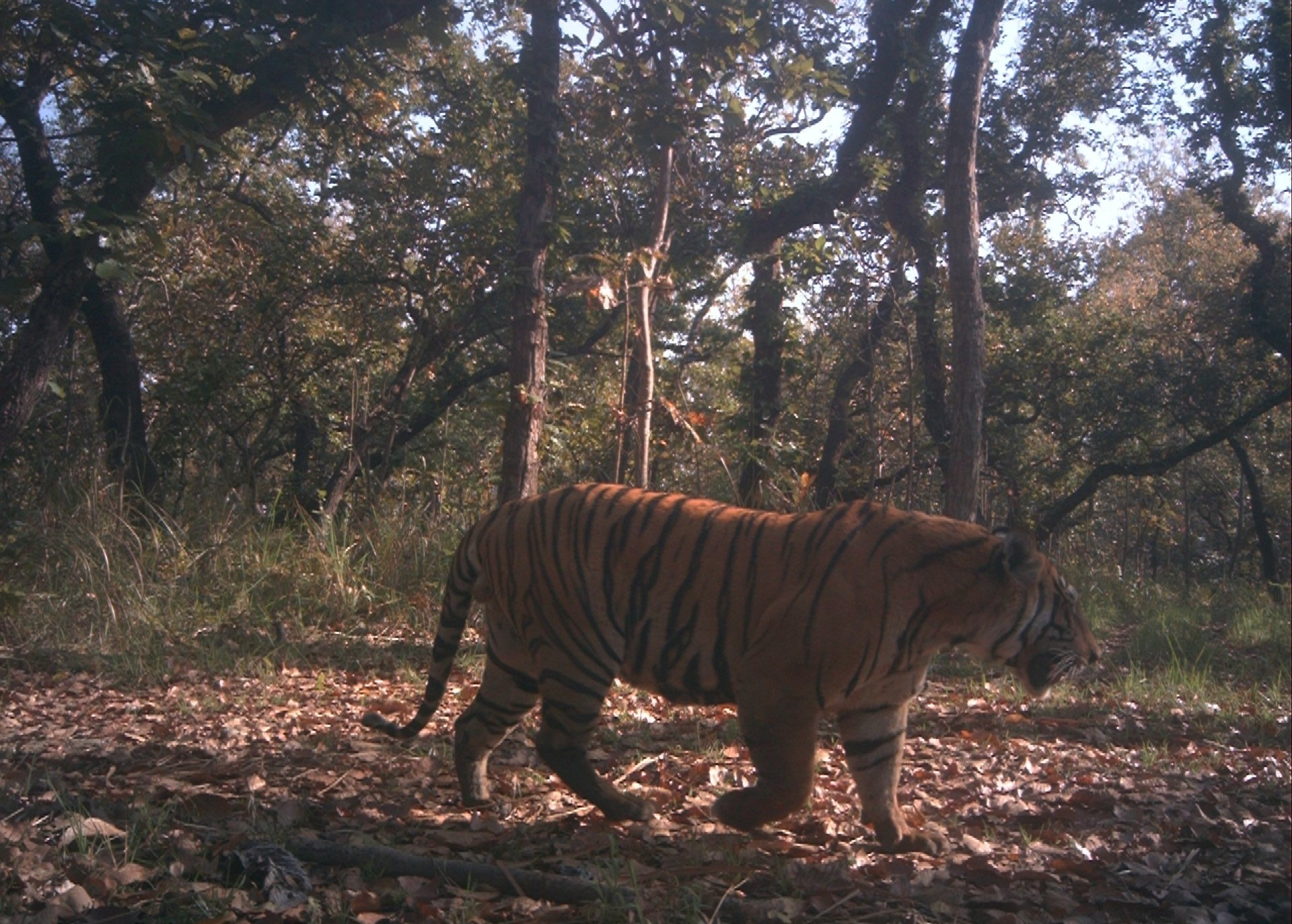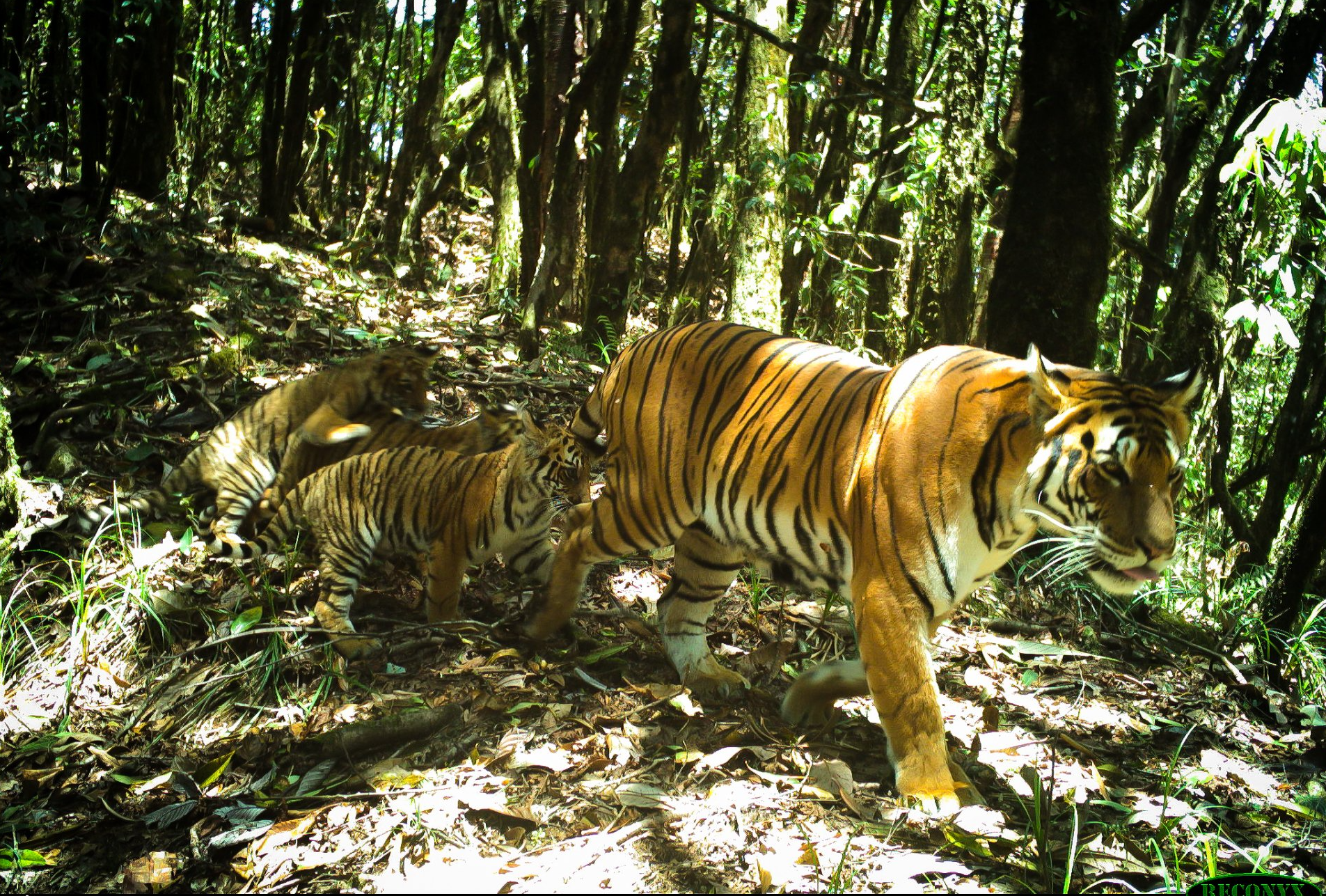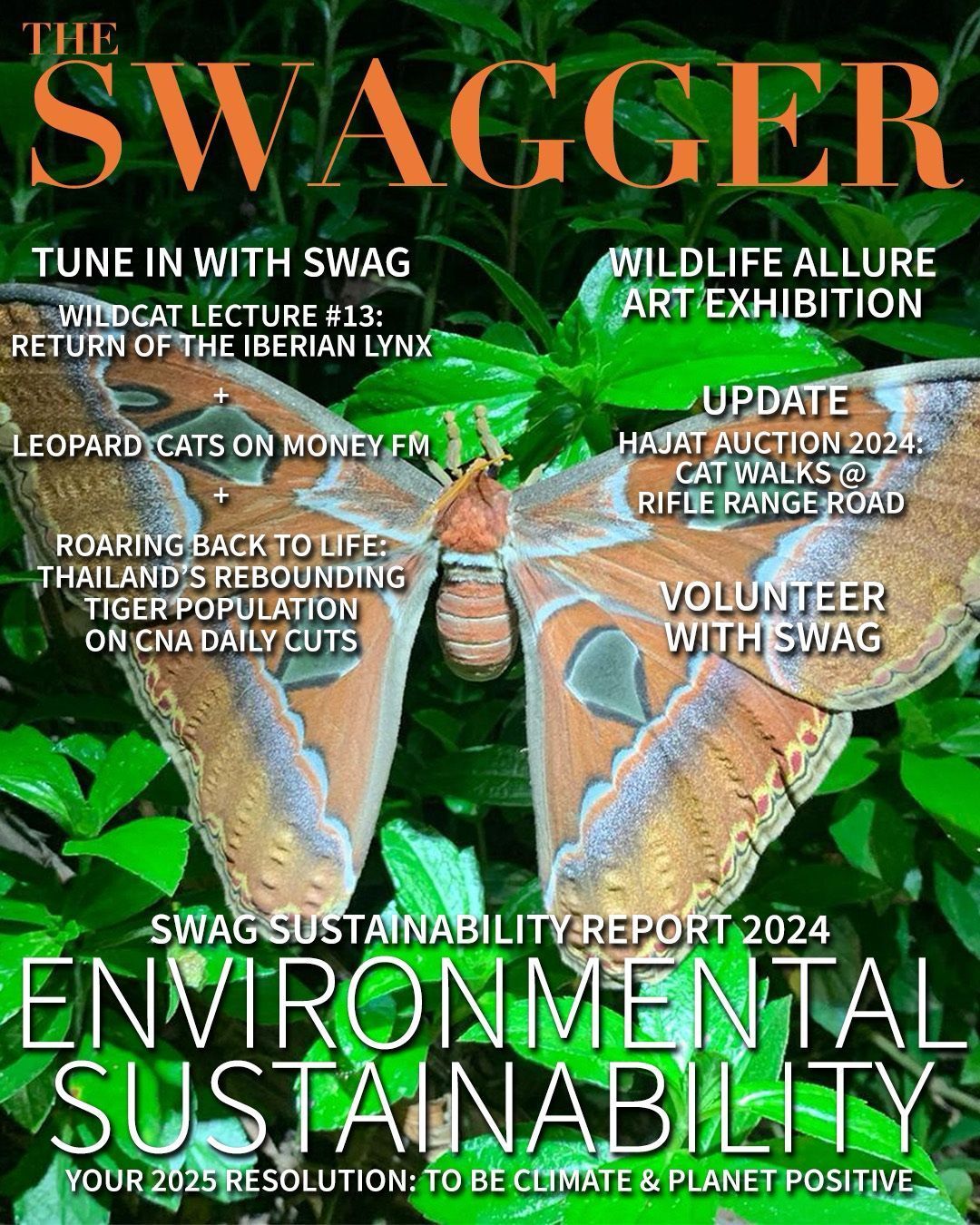Singapore Tiger Week 2021 - Day 4
Day 4 of Singapore Tiger Week marks the beginning of our North, Central and South Asian tiger conservation track. We heard from conservation biologist Dr. Raghu Chundawat, the World Wildlife Fund (WWF) Nepal's head of wildlife programs Dr. Kanchat Thapa, and WWF Bhutan’s Mr. Kuenley Tenzin.
Dr. Raghu Chundawat explained how Indian tiger conservation is centered on protected areas. Instead of working on the assumption that a “forest needs tigers”, this model believes that the “tigers need forest”. As a result, tiger territory is critically limited. Dr. Chundawat proposes a model, which creates a metapopulation (a species that interacts at some level, despite living in different locations) structure and runs parallel to the current model. He hopes, under this model, to incentivise more community involvement and to foster ecotourism to support conservation. Tigers have historically lived across landscapes in India. That coexistence is possible again—but only if the country pushes beyond the 2967 tigers today to the 25,000 that lived here in the 1960s.
Dr. Kanchan Thapa centered his talk on conservation in the foothills of the Himalayas. While the area he worked in is only 900 kilometers in length and 200 kilometers in breadth, it reaches far up. The lowland areas are the prime tiger habitat as well as prime rice framing land. In this place where humans and tigers meet, conservationists realized they had to work to create corridors and understand where tigers were living. 300 volunteers covered 2200 kilometers to find tigers live in 37% of potential habitat. Surveys found tiger habitat supported a variety of other species too, from elephants, rhinoceros and deer. But their conservation must be dynamic. In April 2020, a tiger was recorded 2500 meters above sea level, suggesting in the future we may see tigers moving beyond existing protected habitats.
Mr. Kuenley Tenzin highlights the importance of landscape connectivity for tiger conservation. Around 51% of Bhutan is protected land. These areas, connected with biological corridors, allow tigers to disperse. Indeed, tigers have been recorded using corridors to move from 100 meter above sea level to 4,000 meters above sea level! 2010 marked the creation of the Transboundary Manas Conservation Area, a transboundary initiative between Bhutan and India. Initially, 10 tigers were found in MNP and 14 in Bhutan’s Royal Manas National Park (RMNP). By 2017, MNP contained 31 tigers and RMNP contained 17. But with this population increase has come threats from poachers, who stake out corridors to wait for tiger movement. Transboundary corridors include transboundary issues.
In the vast and mountainous terrain of India, Nepal, and Bhutan, tiger conservation faces very different challenges. As we learned about the strengths and pitfalls of different protection strategies, we hope you have a better understanding of the broader approaches to conservation. Tune in for day 5 of STW to hear about tiger conservation in the Russian Far East and Kazakhstan’s landscapes.
"The problems facing the world today - they challenge all of us equally. And the solutions to these challenges must come from a real sense of concern and care for others, for all sentient beings and, for future generations. We must care about what happens to this earth."
~ His Majesty the King of Bhutan, 2011, Keio University, Japan






